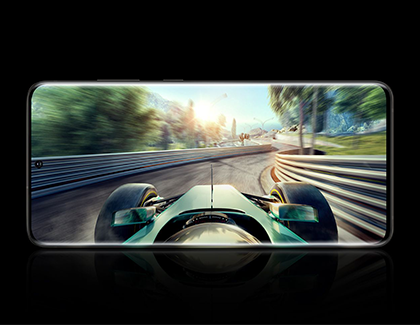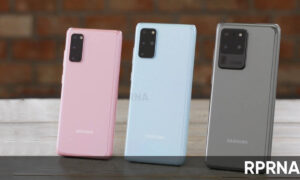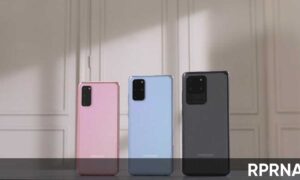Samsung has launched the Galaxy S20 series – Galaxy S20, S20+, and S20 Ultra. All three versions of the Galaxy S20 come with Samsung’s first-ever 120Hz display. The 120Hz display makes everything on the Galaxy S20 appear to be faster and more fluid compared to traditional 60Hz screens.
Samsung Galaxy S20, S20+, and S20 Ultra: Camera features and Tips
All three phones shared the Infinity-O Display, a near bezel-less, full-frontal screen with Quad HD+ resolutions, and support for HDR10+.
The Galaxy S20’s screen size is 6.2″ in the full rectangle and 6.1″ with accounting for the rounded corners; Galaxy S20+’s screen size is 6.7″ in the full rectangle and 6.5″ with accounting for the rounded corners, and Galaxy S20 Ultra’s screen size is 6.9″ in the full rectangle and 6.7″ with accounting for the rounded corners; actual viewable area is less due to the rounded corners and camera hole.
Note: Default screen refresh rate is 60Hz. Requires screen set at a 120Hz screen refresh rate.
What is a refresh rate and why is it important?
A refresh rate is the number of times a display can update its image in 1 second. Usually, the refresh rate is expressed in Hertz (e.g. 60 Hz). The higher the Hertz or refresh rate (like 120 Hz), the faster the screen responds and refreshes. This means using your phone will be more fluid.
If you are a mobile gamer, a higher refresh rate means your games will have less lag and stuttering and smoother animation, even if you’re playing online. On top of this, movies and videos with a lot of motion will look more realistic.

Adjust the refresh rate
When it’s time to dive into your favorite first-person shooter or binge-watch your favorite show, you can adjust your Galaxy S20’s refresh rate to get the absolute best experience.
From Settings, search for and select Motion smoothness. Tap Motion smoothness again, and then choose your desired option.
• Standard refresh rate – 60 Hz refresh rate, use this if you want to save your battery life.
• High refresh rate – 120 Hz refresh rate, which will have all the benefits we discussed.

Note: 120 Hz refresh rate is not supported on WQHD+ resolution. If you switch to this resolution, the refresh rate will drop to 60 Hz.













